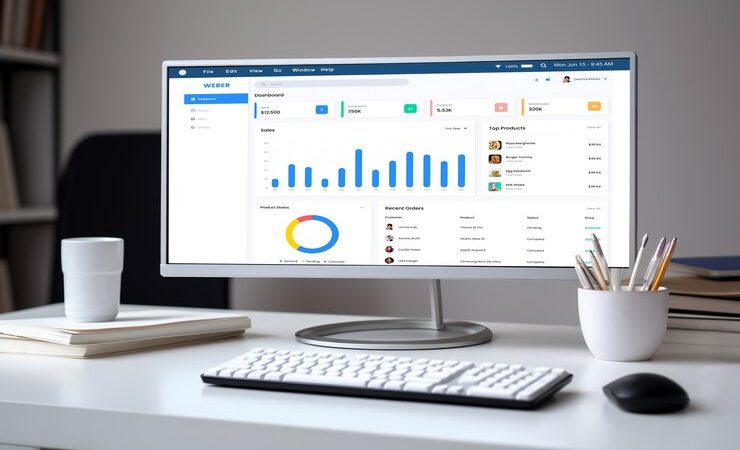Why Companies Are Relying on HR Agencies for Executive Search
Barsha Bhattacharya, 3 days ago

Barsha Bhattacharya, 4 days ago

Barsha Bhattacharya, 4 days ago

Barsha Bhattacharya, 2 weeks ago


Microsoft Dynamics isn’t merely a set of applications; it’s a catalyst for evolving business operations. This robust suite of enterprise software has the prowess to address business challenges, refine processes, and facilitate organizational transformation. Focusing on Customer Relationship Management (CRM) and Enterprise Resource Planning (ERP), Microsoft Dynamics is indeed a game-changer.
A critical question to address is what precisely Microsoft Dynamics represents. Originating as an answer to CRM and ERP complexities, it spans a variety of functional capacities. From automating workflow processes to centralizing customer data, Microsoft Dynamics serves as a multifaceted toolbox for organizations seeking a cohesive operational framework.
Unpacking this further, the suite is segmented into several products, such as Dynamics 365, Dynamics AX, or Dynamics CRM, each tailored to specific business needs. Whether it’s retail, manufacturing, or customer service, Microsoft Dynamics has the capability to inject efficiency and facilitate better decision-making.
The core features of Microsoft Dynamics are indeed its USP (Unique Selling Proposition). One cannot underscore enough the value of real-time analytics, cloud functionality, and seamless integration with existing Microsoft products. These features coalesce to make Microsoft Dynamics a potent tool for organizational optimization.
To implement Microsoft Dynamics 365 into your business is to usher in a new era of agility and scalability. Companies like Infinity Group have leveraged the benefits of Dynamics 365 to revamp their operational models. The platform’s modularity allows for customization to fit any industry and scale, making it an indispensable asset for business growth.
When discussing the merits of Microsoft Dynamics, the benefits are manifold. The software suite supports a complete view of your customer interactions, ensuring all teams are working from a unified vantage point. This integrated approach fosters better customer engagement, streamlining operations, and minimizing duplicated efforts.
As for the financial aspects, Microsoft Dynamics offers budgetary flexibility. With a licensing model designed to suit various sizes and types of organizations, businesses can subscribe to only the modules they require. This prevents superfluous spending and allows for easy scalability as your company evolves.
To fully reap the benefits of Microsoft Dynamics, companies must think strategically. Deployment should be a phased process, allowing staff to acclimatize to new tools and functionalities. Consider conducting training sessions or workshops to bolster employee proficiency, thereby ensuring a smoother transition.
Once you’ve laid down the foundation, regular monitoring is crucial. Utilize analytics and reporting capabilities to measure performance against key performance indicators (KPIs). Such metrics can be invaluable for ongoing improvements, strategic alterations, or identifying areas for additional automation.
Microsoft Dynamics stands as a paragon of what modern enterprise software should offer. From its multifaceted capabilities to its seamless scalability, it paves the way for businesses to transcend conventional operational hurdles. With careful planning and astute implementation, Microsoft Dynamics has the power to transform your business from the ground up, setting you on a trajectory for sustained growth and success.
Read Also:
Abdul Aziz Mondol is a professional blogger who is having a colossal interest in writing blogs and other jones of calligraphies. In terms of his professional commitments, he loves to share content related to business, finance, technology, and the gaming niche.